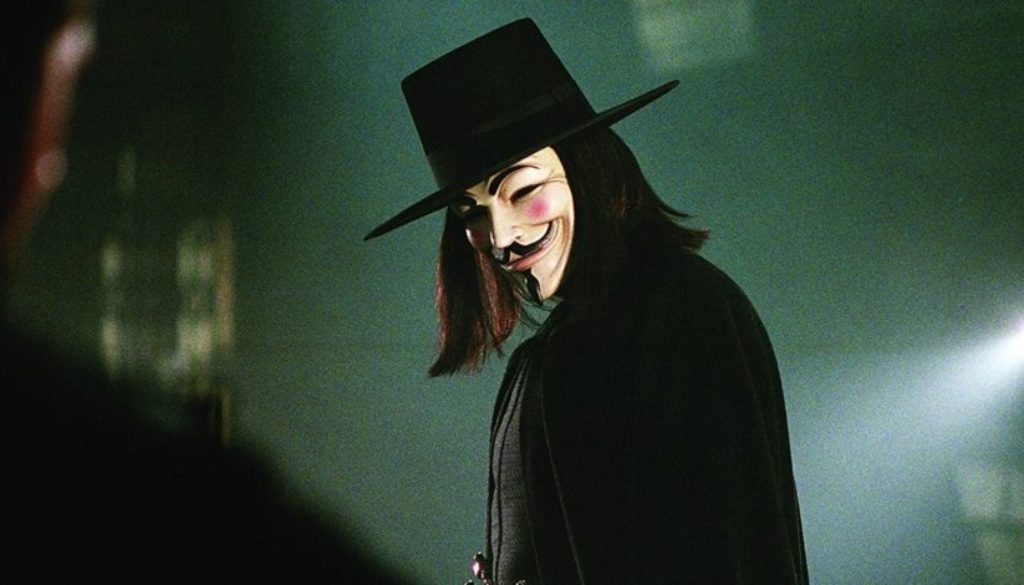A Day to Remember

November 5, 2021
Atlanta, GA
Remember, remember the Fifth of November
The Gunpowder Treason and Plot
I know of no reason
Why the Gunpowder Treason
Should ever be forgot
– John Milton
When King James VI of Scotland became King James I of England, the petitions rolled in. Catholics and Puritans sought royal protection for their practices, if not favors for their faiths.
James despised both groups. He hated the Calvinists who’d controlled his native Scotland since Knox. And, notwithstanding the mother he never knew, the King expressed “utter detestation” of the Catholic Faith.
On the English throne, he relished his rôle as head of a subservient church. After an initial relaxation upon claiming his Crown, James resumed persecution of “Papists”, restored recusancy fines on Catholics, and banished the Jesuits from his realm.
James instructed his judges to enforce anti-Catholic laws “with all possible severity”. The Elizabethan oppression of the “Roman religion” would apparently persist, and likely intensify, under the Stuart succession.
This prompted a predictable, if misguided, response. After a half century of oppression, several committed Catholics could no longer condone harried lives in perpetual hiding, with no hope of relief.
In May 1605, with Parliament prorogued due to plague, a half dozen or so of the dissidents met in London, and plotted to blow up the building on the day it reconvened.
The plot was discovered and, on November 4, Fawkes was captured in the Westminster Palace cellar with the gunpowder to be used for the next day’s deed. He was broken on the rack, and confessed the intended crime. Fawkes was to be hanged, drawn, and quartered, but fell from the scaffold before he could suffer his full sentence.
For three centuries, Fawkes was inseparably linked in the English mind to an intractable endemic of Catholic “treason”. For a few hundred years, propaganda against the “Papists” was everywhere, and anti-Catholic laws spread around the realm. After the plot failed, King James required loyalty oaths of all Catholics, and ordered all priests out of England and Ireland.
Till the the twentieth century, the English celebrated Guy Fawkes Day by execrating Catholics. Until 1854, the Book of Common Prayer contained a Thanksgiving Service for the deliverance of November 5.
To this day, on that evening in England, bonfires and fireworks pierce the darkness, sparked by effigies of “guys” that represent a specific villain in their history, and that gave a generic term to their language.
Down the centuries, the plot has inspired poetry, revelry, and art. It’s also roused rebellious instincts, and influenced a 2005 movie that is particularly pertinent today.
V for Vendetta depicts dystopian London in the year 2020 (!), under an Orwellian rule that arose in response to war, terrorism, and a deadly virus…all orchestrated and manipulated by the government itself, as pretext for imposing an oppressive surveillance state.
The historian Will Durant wrote that “there is always, in any society, a minority whose instincts rejoice in the permission to persecute; it is a release from civilization.” V for Vendetta manifests this authoritarian mindset, as do our own daily papers, social media, nosy neighbors, and public officials.
Adapted from a comic book series of the same name, the movie lifts thematic elements from The Count of Monte Cristo, The Phantom of the Opera, and 1984, while prophetically incorporating much of what we’re enduring today and tending toward tomorrow.
With overt intent, the film reflected contemporary events from the time it was made, and anticipated the totalitarian tactics infecting our own. “Terrorism”, torture, war, surveillance, media manipulation, and corporate corruption are taken for granted under a regime that manufactures fear to consolidate power.
The people are complaisant – lowering their voices, hiding their heads, and following their orders. Resistance is futile, and rare…till one night a masked vigilante defends a young woman being accosted after curfew by secret police. He dispenses with the assailants, and saves the girl.
It is the anniversary of the Gunpowder plot, and the stranger…who wears a Guy Fawkes face and identifies himself only as “V”…asks the young woman to accompany him to a performance he’s about to give. She does, and watches from a rooftop as he destroys a government building to the cadence of fireworks and the 1812 Overture.
V assures her that this was but a precursor to the same night the next year, when he will fulfill the Gunpowder Plot by blowing up Parliament. Meanwhile, he will use the intervening twelve months to exact revenge on the political, media, religious, educational, and medical leaders who once used the pretext of an infectious virus to disfigure him and deform society.
Watching this movie after the last couple years (and even the last couple days), it’s hard not to sympathize with one man’s hunt for justice, fight for freedom, quest for revenge, and noble search for worthy ideas from behind a mocking mask. The acting is terrific, the cinematography captivating, and the dialog top-notch.
But it is the contemporary parallels that give us pause. A novel virus, false flags, state-induced fear, media disinformation, official obfuscation, electronic surveillance, authoritarian tactics, and public capitulation. It’s all there…and it’s all here.
All we need now is our own V.
JD



